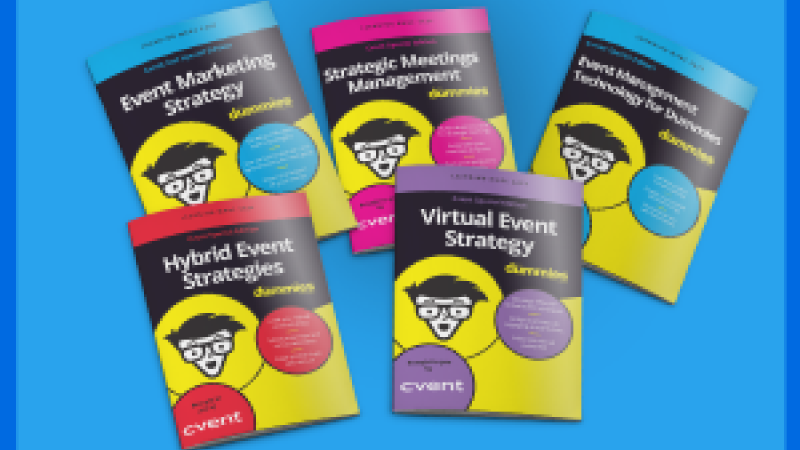Yesterday I gave you some tips about what to include in your next survey report. The first tip was to Set the Stage. Of course, this is meant to remind you that you cannot just launch into the survey responses and the data collection results but need to start at the beginning and walk down the survey report creation path. You need to provide the report reader with some general background information about the survey project. It's unfair to expect those reading your report, these are probably the decision makers, to just understand what the survey research was about, let alone the goals of the project. Writing a survey report is not that much different than other types of reports. It's important to give the reader an executive summary in the beginning. In many cases, the executive summary may be the only thing management reads so it's important it exists - and that it makes a strong case.  To get you started Setting the Stage, here are a few pieces to include:
To get you started Setting the Stage, here are a few pieces to include:
- What caused you to want to create a survey? It's a good idea to explain to your audience (aka the decision makers) what prompted you or your team to create a survey. Shedding light on your motivation will help readers understand the importance of the results because they understand why an online survey was needed in the first place.
- What were the goals and objectives? This is a pretty easy task. I'm sure that you wrote down goals and objectives when you began planning your survey - it is the first step in the market research process. It may be a good idea to create an itemized list and separate out those goals that were met, and those that were not.
- What was your survey methodology? Let your readers know what data collection techniques were used - online survey, in-person interviews, paper questionnaires, telephone surveys, etc. Be sure to include if a data collection service was used or which data collection software system you chose. This is a good time to include information about your sample size such as how many email invitations were sent, did you send email survey reminders, who were you targeting? Consider including information about your survey analysis techniques.
- What did you find out? Briefly explain some of the findings from the survey research. You don't need to give away the farm here just highlight a few important, unusual or surprising results. There will be the time and the place for an in-depth discussion of the survey results later in the report.
- What should we do now? Even though a more in-depth section should be dedicated to summarizing the survey results and making recommendations should take place at the end of your survey report, it's also a good idea to briefly let your readers (aka the decision makers) what your recommendations are up front.
At the end of the day, the executive summary should be given just as much attention as the survey itself. You created a survey to help you make changes; you need to share the information you found out with decision makers. We said it in the beginning, but we'll say it again: the executive summary may be the only part of your survey report people read.
Learn more survey best-practices by visiting our resource library.


